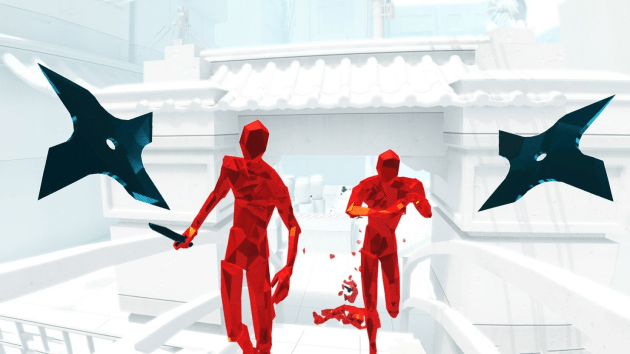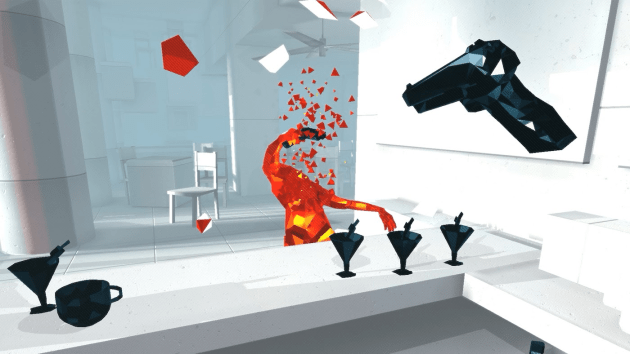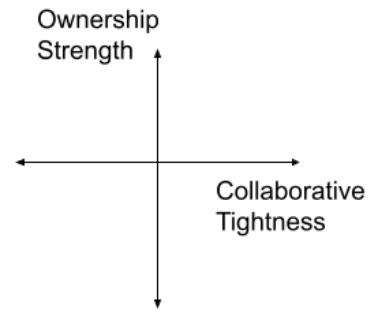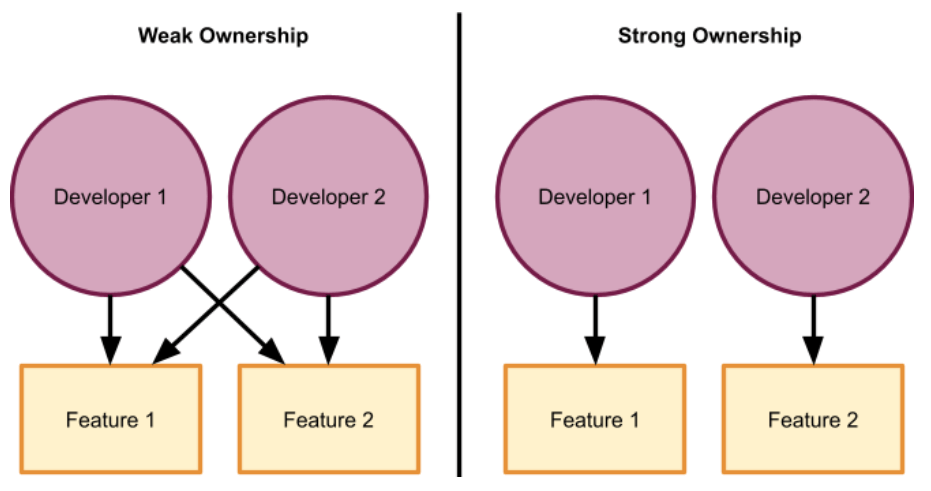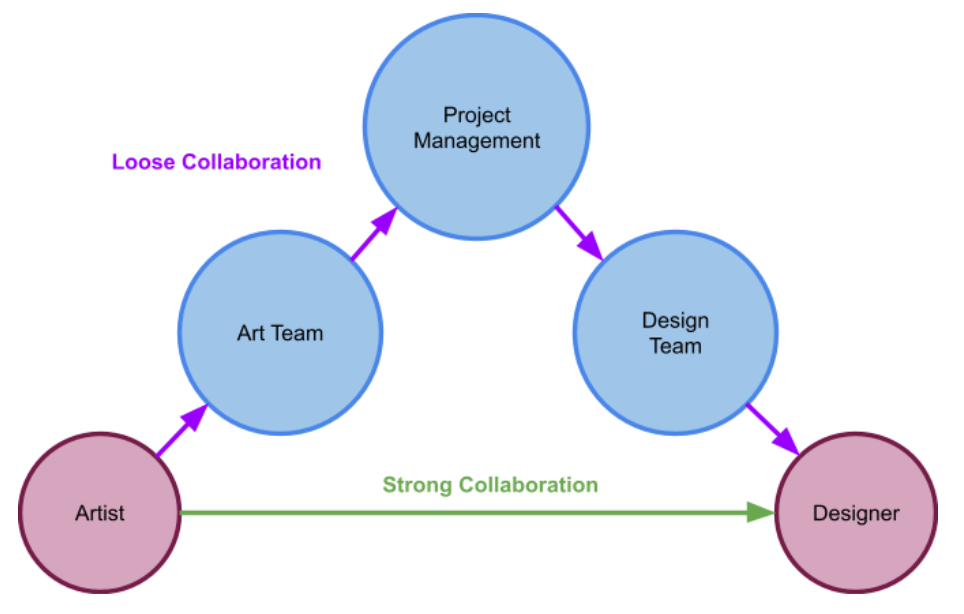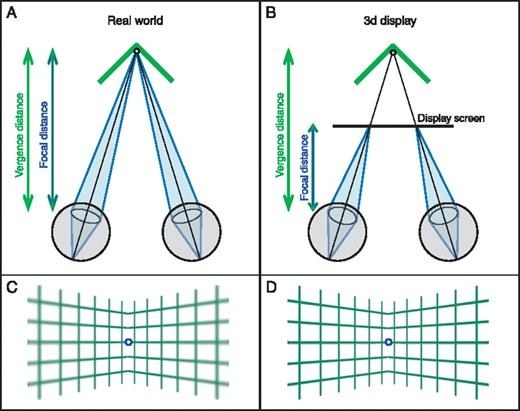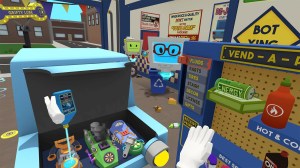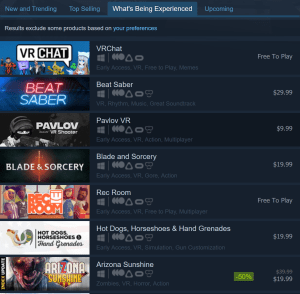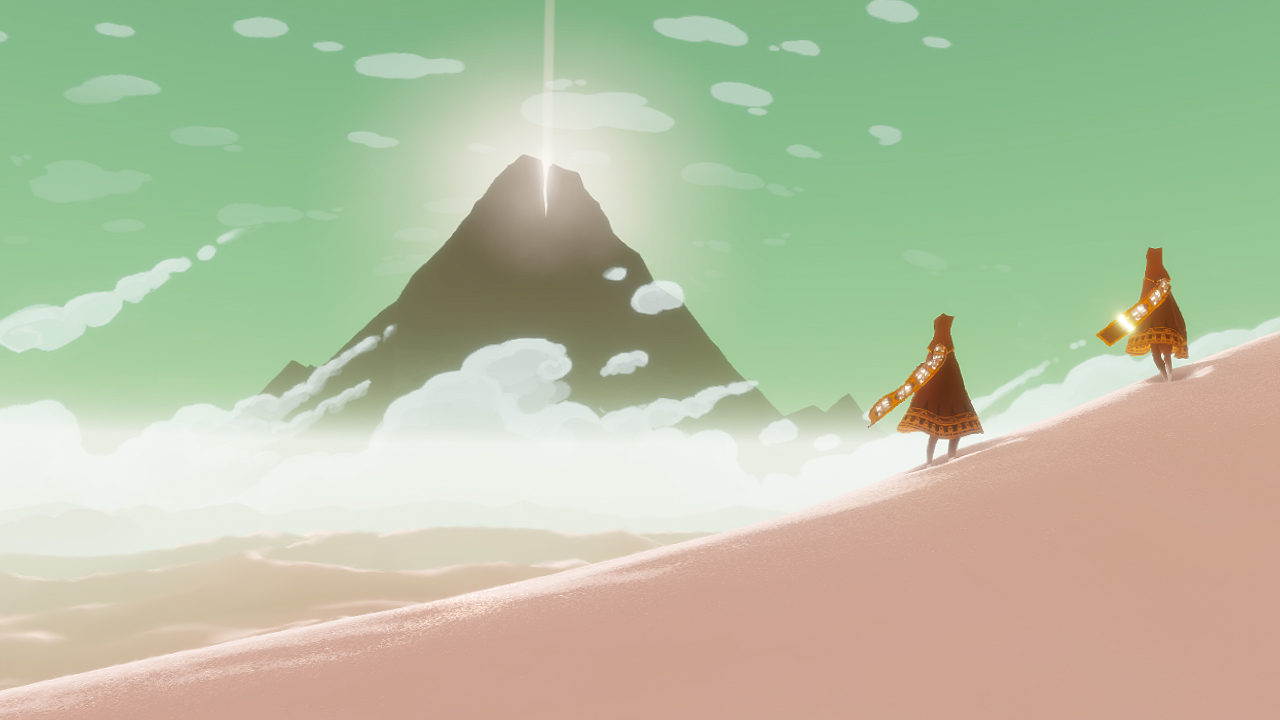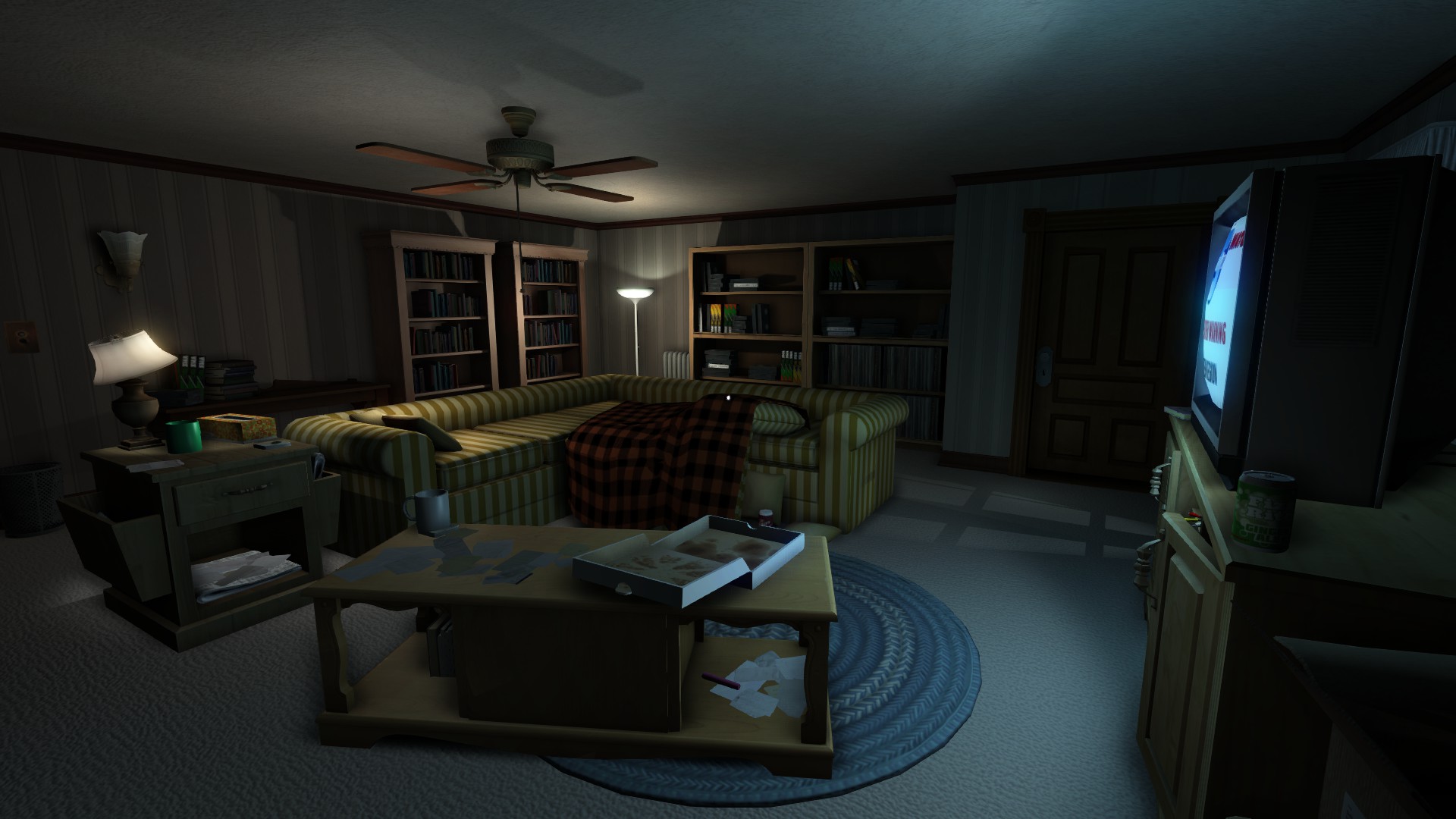NASA recently released details on their planned architecture for human spaceflight in the coming two decades. This was a welcome update, because before now the plan was little more than “we build SLS, we do something around the Moon, then we go to Mars”. You may think that I’m joking or exaggerating. I’m not.
Fortunately, we don’t have to speculate in the dark anymore. We have hard details about what the SLS will be launching and how it will help NASA eventually land humans on Mars. Well, sort of. We have details about what the SLS will be launching, in any case.
NASA’s Plan
The plan revolves around two new pieces of infrastructure: the Deep Space Gateway (DSG) and the Deep Space Transport (DST). The DSG is essentially a space station in orbit around the Moon. The DST is a spacecraft for transporting humans from the DSG to Mars. The DST is reusable, and only stays in orbit. That is, it is simply a shuttle between Martian orbit and lunar orbit. Both the DSG and DST will be equipped with solar electric propulsion (SEP) modules, allowing the DSG to change its orbit around the Moon and allowing the DST to fly between the Moon and Mars without ditching any mass or refueling (electric propulsion is very efficient). Finally, the Orion capsule is used to transport astronauts between Earth and the DSG.
The SLS, NASA’s big new rocket, can launch an Orion capsule to lunar orbit along with 10 metrics tons (mT) of cargo (this configuration is called a co-manifested payload, or CMP). The SLS can also launch 40 mT of cargo to the Moon if launched without a crew. The DSG will be composed of four modular chunks, each launched as a CMP with a group of astronauts (one launch per year from 2022 to 2025). The astronauts will help assemble the DSG in lunar orbit before returning to Earth.
After the DSG is complete, a cargo launch of the SLS will loft the DST in 2027 as a monolithic (non-modular) spacecraft. Astronauts will run the DST through a shakedown cruise around the Moon in 2029, before embarking on some sort of Mars mission after 2030.
You might notice that this plan doesn’t actually specify what the Mars missions will look like. There are some vague hand-waved mentions of a mission to Phobos or Deimos (the moons of Mars), and then maybe landing on Mars. What kind of science will the DST be able to do? Surface samples from Phobos? In-situ resource utilization (ISRU) experiments? How will NASA send landers to Mars? What will they look like? Will NASA be landing support equipment on the surface ahead of time? Instead of going to Mars quickly and cheaply, we are going to spend a decade or more puttering around in lunar orbit, and it’s not clear why. At the end of this (unintentionally long) post, I will propose a plan that accomplishes the same thing with less money, less time, and less infrastructure.
Why?
But before addressing these more concrete questions, there are some existential questions that need to be addressed. For example: why? Why are we spending billions of dollars to launch a handful of humans into lunar orbit, and why are they monkeying around up there?
In an effort to answer these questions, let’s step back and answer the larger question: why do we care about sending people into space? There are certainly motivations for having infrastructure in space: GPS, communications, Earth and space weather monitoring, climate research. These activities have real economic value, but they don’t justify sending humans.
There is the scientific motivation: learning more about the stars and about the formation of the solar system and the origin of life. This is the rationale that NASA often cites. However, there are countless arguments to be made in favor of widespread robotic exploration: it’s cheaper and faster, robots can go more places, robots don’t have to come back, robots can stick around for longer, we aren’t risking planetary contamination, etc. These concerns outweigh the few benefits that humans do provide.
A third motivation, one that I suspect a lot of people at NASA actually believe in but would never dare say: we landed people on the Moon, then we stopped. We need to land people on Mars because space travel is cool, but we can’t justify just going back to the Moon. I think this stems from a larger infatuation with the vision of the future instilled in us by decades of media consumption. Science fiction depicts humanity among the stars, so we must go. I suspect this motivation is rather rampant among human spaceflight fans. Needless to say, this motivation holds little value.
The only meaningful motivator for human spaceflight is neither economic nor scientific. The only reason to kick off interplanetary human spaceflight (and therefore the only reason to be interested in human spaceflight at all) is the distant goal of establishing a permanent, self-sustaining human presence off of the Earth in order to make sure our species never dies out. As a species, we must invest in the intrinsic value of this motivator, or give up human spaceflight once and for all. Doing it for any other reason is simply masturbatory.
Ok, so we care about sending people into space because we eventually want to establish a self-sufficient colony. We care about going to Mars because the surface of Mars is, for a whole host of reasons, the best place to create that colony. But why do we care about spending billions of dollars on an unscalable architecture to send a handful of humans on short trips around the Moon and Mars?
The answer is: maybe we shouldn’t. There are good, well-formed arguments against the whole endeavor. However, NASA has always been an organization that pioneers research into really difficult problems, and then gives their results to the public so that private companies can improve and capitalize on those advancements. If the government is set on spending billions of dollars on human spaceflight, we might as well spend it in a way that will help the eventual colonization of Mars.
So what kinds of unanswered questions or nebulous roadblocks stand between humanity and our intrinsically-valued goal of surviving a potential devastation of the Earth? Cutting past the leagues of logistical questions about a surface colony:
- Data on the effect of long-term partial gravity on human biology
- More data on the effect of long-term (500+ days) exposure to solar radiation
- More data on the psychological effect of long-term separation from Earth
- Research on high-efficiency life support systems
- Research on long-duration missions without access to resupply missions from Earth
- A platform for small companies to test technologies from various staging points around the solar system (more on this later)
These can be divided into two categories: research on human factors, and research on vehicle systems which until now have been unnecessary.
Fortunately, thanks to Mir and the ISS, we have lots of data on the effects of long-term weightlessness on human biology, and lots of data on how space vehicles degrade over the course of years. However, we still lack experience with maintaining space vehicles without constant access to the Earth (e.g. manufacturing new parts in space or creating highly redundant systems). We also don’t have experience creating closed-loop life support systems with extremely efficient recycling (the ISS is rather wasteful).
We can also gather a lot of data about the human factors on Earth. Data on radiation exposure from nuclear workers and people exposed to radiation sources is abundant. We can run more experiments like Mars 500 to gather psychological data. Researching the effects of long-term partial gravity is unfortunately quite difficult, but it is also one of the least important factors for now. We can safely ignore it.
Finally, it must be considered a necessity to include commercial efforts at every step in the process. Ultimately, it will be corporate entities that enable and support colonization efforts. NASA can and should play a critical role in enabling the development and testing of technologies by private entities. We have seen how valuable this synergy can be in the ISS; from launching cubesats to mounting experimental modules, smaller companies can gain invaluable operational experience. Resupply contracts from NASA essentially kept SpaceX afloat, arguably one of NASA’s more important contributions in the last 20 years.
So, any effort by NASA should focus on two goals: tackle the problems of closed-loop life support and long-duration mission maintenance, and provide a configurable, expandable framework for commercial involvement. Naturally, this necessitates the launching of astronauts beyond Earth orbit, so I think we’ve solved our existential question. Let’s move on to critiquing NASA’s proposal.
Being Useful
NASA has done a fantastic job of shoehorning itself into a host of arbitrary design constraints by jumping from plan to plan over the course of 4 administrations. Let’s enumerate them, and then evaluate the new proposal by its satisfaction of the constraints and goals.
- The Orion MPCV exists. It can only be launched by the SLS, it can carry 4 people, and it can only re-enter from lunar velocities or less (why didn’t they design it for re-entry from Martian velocities, you ask? Good question).
- The SLS exists. Block 1B can carry 105 mT to LEO, and 39 mT to a Translunar Injection (TLI). If it launches a co-manifested payload (CMP) with Orion, it can send 10 mT to TLI. Block 2 (first flight planned 2029) can carry 130 mT to LEO and 45 mT to TLI. It will fly once a year.
- We want to utilize the 40 kW SEP module that was designed for the cancelled Asteroid Redirect Mission (ARM).
- We have to do things around the Moon. Because reasons.
That last bullet point is motivated by the annoyingly persistent faction within NASA and the general spaceflight community that advocates for the development of a lunar infrastructure. I could write a whole other blog post on why any effort to develop infrastructure on the lunar surface is a huge waste of time, but needless to say, we should avoid it.
Let’s look at the decision to recycle ARM technology to propel the DSG and DST. There are a couple of good arguments for using SEP to reach Mars. Since the thrusters are much more well-behaved than chemical propulsion, we don’t have to worry about losing engines (which would spell certain doom for the mission). You also don’t have to worry about the boil-off of cryogenic propellants during transit. Additionally, your specific impulse is much higher, meaning the propellant mass can be lower. Or, alternatively, with the added delta-V from the same fuel mass, we can perform more orbital maneuvers or even return from Mars without ditching any parts of the vehicle.
There are also some arguments against SEP. It is slow to accelerate, which means your astronauts are going to be spending more time in space (bad). It also means that you have to stage the mission from Lunar orbit or a Lagrange point, since the vehicle would take multiple years to reach escape velocity from low Earth orbit (LEO). Staging the mission from beyond LEO means mass budgets are tighter. You also can’t refuel the vehicle using ISRU, ever. Since the propellant is argon or xenon, rather than methalox or hydrolox, you can’t refine it from water and carbon dioxide.
Given these tradeoffs, it’s easy to see why NASA would pick SEP for its long-duration human spaceflight missions. NASA is risk averse: they don’t want to rely on ISRU (a huge technical and logistical unknown) for a critical mission component, so that downside of SEP doesn’t matter to them. NASA detests the idea of resting mission success on machinery as notoriously unreliable and complicated (read: unrepairable) as a chemical thruster. Finally, the fact that SEP “forces” NASA to develop a lunar infrastructure is just icing on the cake.
The fact that using SEP means you can get the whole vehicle back from Mars rather shakes up the design of a Mars mission architecture. It suddenly makes sense to assemble your mission in cis-lunar space rather than launching each monolithic component directly to Mars, like in the Mars Direct architecture. And if you are assembling a mission in cis-lunar space, then it makes sense to build a space station to assist you logistically. If your mission has to be assembled in lunar orbit (because of SEP’s low thrust) then you have to build the space station in lunar orbit, which means you need a large rocket capable of lofting space station components into lunar orbit. Suddenly everything NASA has been doing, from the ARM to the SLS, becomes rationalized.
Except, wait a second. This sounds suspiciously like the original proposal for the STS. You build a space shuttle to launch space station and spacecraft components, and then you send out missions to the Moon and Mars from LEO. In the case of the STS, the Moon and Mars missions got cancelled, leaving only the space shuttle and a pared-down space station. Suddenly you have a space station that doesn’t serve any purpose beyond providing justification for continuing the shuttle program.
The new proposal falls along the same lines so perfectly that I suspect it may have been intentional. The first launch of a DSG segment is in 2022, which (if Trump gets re-elected) will be near the end of this administration. With a piece of hardware in space, the next administration will have no choice but to continue its construction. The DST will get cancelled or transformed into something else, and NASA will have an excuse to keep launching the SLS, and the DSG will become the next ISS (as the ISS is decommissioned in 2024, around the first time a crew is launched to the DSG).
Regardless of politics, the proposal meets all the constraints. The Orion is regularly sent to lunar orbit carrying astronauts and a 10 mT CMP to be added to a space station around the Moon. The astronauts spend their time assembling the space station and testing out its thruster module, which is a modified version of the propulsion module from the ARM. You use the heavy-lift capacity of the SLS to launch a SEP spacecraft to rendezvous with the station in lunar orbit, then send astronauts to test it out before making excursions to Mars. It’s so neat and tidy that I could put a bow on it.
It’s so neat that it’s easy to forget that the architecture barely addresses any of the useful existential reasons for sending humans into space in the first place. With annual resupply missions to the DSG and no permanent human habitation, there is little motivation to develop a closed-loop life support system. This only happens when we get to the DST. The strange thing, then, is that the shakedown cruise of the DST happens while attached to the DSG. A mission which is supposed to demonstrate that the DST could operate for three years without resupply or repair instead gets access to 40 mT of equipment and logistical supplies in the DSG—something that won’t be available during the DST’s real cruise to Mars. There is some room for research on long-duration mission maintenance with the DST, although it seems remote from NASA’s goals or desires.
At least the proposal does a good job of providing a framework for commercial involvement. There are even explicit slots on the manifest for commercially-contracted launches to service the DSG, and one can imagine that the station could play a support role for any commercial missions on the surface of the Moon (e.g. teleoperation and observation of the surface from above). The DSG could play a similar role as the ISS, deploying small scientific and commercial payloads into various lunar orbits (given its ability to perform extensive orbital maneuvers), and playing host to commercially-constructed modules.
The proposal doesn’t do a great job of enabling the exploration of Mars, unfortunately. The key problem, I think, is that NASA doesn’t plan on making more than a single DST. This is confusing to me, because it means that heavy payloads like landers, rovers, and ISRU experiments will need to be launched and transported separately. If you had multiple DSTs acting as tugs for both habitation modules and support equipment, you could assemble a mission in cis-lunar space at the DSG. As it is, any missions that need serious support hardware will have to rendezvous in Martian orbit.
So this means that the only purpose of the DSG is to provide a rendezvous point for the DST and the Orion capsule. In other words, the DSG doesn’t serve any purpose at all. Remember that the DSG only made sense as a logistical support for the assembly of a Mars mission in lunar space. If there isn’t any assembly required, you don’t need a rendezvous point.
Let’s break it down: you launch in an Orion and rendezvous in lunar orbit. You transfer to the DST, take it to Mars, and then come back. You transfer to an Orion capsule, and return to Earth. At no point does the DSG play a role beyond “crew transfer tube”. If you think it’s a place to store your Orion until you get back, think again; the Orion capsule is designed to support crew actively for no more than 21 days, and to stay in space no more than 6 months. That means that the capsule you are returning to Earth in is different from the capsule you launched in. At some point, an Orion will have to make an automated rendezvous in lunar orbit, and an Orion will have to make an unmanned return from lunar orbit. This renders the DSG rather useless as a component of a Mars mission architecture.
There are more reasons why only building a single DST doesn’t make any sense. First of all, putting crew in an untested vehicle is anathema to NASA—wouldn’t it be smart to send an uncrewed DST on a shakedown cruise, perhaps even using it to boost a scientific payload to Mars (hint: Phobos sample return mission)? Then they can iterate on the design and start building crewed DSTs. In the current plan, the lone DST gets a crewed shakedown cruise. What happens when they discover a problem? Do they try to jury-rig a fix? Do they ship replacement parts from Earth? Do they abandon the mission? Since NASA won’t be building future DSTs, there aren’t any opportunities to employ the hard-learned lessons from operating a space vehicle for a long duration. This defeats the whole purpose of NASA doing a Mars mission in the first place.
I don’t think NASA has put any real stock in this plan. Why would NASA launch the DSG as four 10mT chunks riding along with an Orion each time, when the same station could be launched as a single 40mT monolithic block by a single cargo launch? Why even build the DSG? Why build only one DST?
The Real Plan
Here’s what I think. This whole mission architecture is a sly way of fulfilling NASA’s dream of returning to the Moon and reliving the glory days of Apollo. The political likelihood of the DST getting cancelled in 2024 is high, given a turnover of the administration and the fact that the plan doesn’t do a great job of getting us to Mars. With the DST cancelled but the production of the remaining components of the DSG in high-gear, the new administration will be forced to authorize the completion of the DSG to avoid looking bad. However, to distance themselves from the previous administration, they will mandate that instead of being used for future Mars missions, the DSG will play a critical support role for future Moon missions.
This makes a lot of sense, because the DSG is fantastic if your plan is to send people to the Moon, rather than to Mars. You can dock a single-stage lunar lander to the DSG and send refueling missions from Earth between each sortie to the surface. Moreover, NASA can fund companies interested in mining water on the Moon because the DSG will need a steady supply of water and oxygen for its astronauts. From 2024 to 2032, NASA will be positioned to enable a veritable renaissance for lunar exploration and exploitation.
I will leave it to a future blog post to explain why focusing on the Moon is a huge waste of humanity’s time and America’s money. For now, let it suffice to say that it doesn’t bring us any closer to our original goal of aiding the eventual settlement of a self-sustaining colony on Mars.
Assuming that what NASA has proposed is notionally feasible, I propose that with a little bit of reordering and restructuring, the plan can be turned into something that actually advances humanity towards our distant goal of colonization.
My Plan
First, NASA’s plan calls for an uncrewed test launch of the SLS and Orion in 2019, which is a good idea in my book. It tests out the SLS, and let’s NASA test the Orion capsule in a multi-week mission in lunar orbit. However, the mission is slated to use a temporary second stage, because the so-called Exploration Upper Stage (which all future SLS missions will use) will not be ready by 2019. NASA’s plan also calls for launching a probe to Jupiter in 2021, which I also think is a great idea. It allows NASA to test out the new second stage without crew on-board.
However, with the 2022 launch of the SLS, I propose that the entire DSG is launched as a monolithic 40 mT station. A crewed launch of the SLS in the following year would spend up to 6 months aboard the station, consuming the 10 mT of food, air, and water brought along as a CMP. This would give them a chance to test all the station’s system, perform any necessary setup or repair tasks, maneuver the station into various orbits, and release some cubesats. Much like Skylab, there will likely be some issues discovered after the station’s launch, giving NASA a year to develop some fixes and include them in the 10 mT of CMP cargo.
One might object by pointing out that this means NASA will have to construct the logistics, habitation, and airlock modules of the DSG up to three years sooner than in the initial plan, and accelerated timelines are a Bad Thing. I would counter by pointing out that by making the station monolithic, all the mass required for docking interfaces and independent power management is removed. The station would also be much less volume-constrained, as they would only be constrained by the large 8.4 meter cargo fairing, rather than the significantly smaller interstage fairing that a CMP must fit into. This means that NASA engineers wouldn’t need to spend as long shaving off mass and fitting components into a smaller volume. NASA would also have a year or two of schedule wiggle room before the next presidential election and change of administration.
After the first crewed SLS launch in 2023 to the monolithic DSG, I propose a year gap in the schedule. I find it unlikely that they can ramp up from a first launch in 2019 to a launch every year in 2021, 2022, and 2023. There will be schedule slip. So the next crew launch would be in 2025 (potentially earlier, if they can manage it), bringing a 10 mT life support module as CMP to test new closed-loop life support technology. The crew would stay this time for roughly a year, testing the new life support capabilities and receiving shipments of commercial equipment.
To that end, starting in 2024 or earlier, commercially-contracted missions would resupply the DSG with life support consumables and fuel. They would also haul up new modules and equipment, ranging from expandable habitat modules to scientific sensors and communications arrays for controlling surface rovers. These launches would ideally be timed to occur before or during a crewed mission. While the uncrewed freighters would likely be able to dock autonomously, the crew would be required for installing new equipment both inside and outside the station.
In 2026, a prototype DST would be launched with a probe for taking samples from Phobos or Deimos. It would leave for Mars in the 2026 transfer window, and leave Mars in 2028 to return in July 2029. A cargo launch in 2027 would launch a second DST equipped with an integrated habitation and life support module, which would dock with the DSG and await the next crew launch.
A crewed mission launched in early 2028 or late 2027 would remain aboard the DSG until the prototype DST returned from its mission (staying for more than a year, as a dress rehearsal for a flight to Mars). The astronauts would perform a checkout of the returned DST and return to Earth with Phobos/Deimos soil samples from the probe. During their stay, they could perform a shakedown flight of the second DST in lunar space. After their departure, the first DST could be repurposed for a second unmanned mission or (more likely) put through rigorous operations in lunar orbit for stress testing.
Finally, two launches in late 2028 and early 2029 would loft a third DST with a small Martian lander equipped with ISRU, and a crew to transfer into the DST that launched in 2027. Both DSTs would depart immediately for Mars during the transfer window. The lander would carry out ISRU experiments on the surface while the crew remotely operated it from orbit. This presents a nice opportunity to allow sample retrieval from a previous sample-collecting rover mission, launching the sample into orbit using an ascent craft carried down by the ISRU lander. The astronauts in Martian orbit would retrieve the ascent craft and return to Earth with Mars surface samples. They would depart during the 2030 window, returning in September 2031. This mission would last for more than a year and a half, setting the stage for more aggressive missions in the future.
Let’s compare my plan against NASA’s: the DSG is operational by 2022 in my plan, rather than 2026. As a downside, the first crewed flight occurs a year later in my plan, and only two crewed missions take place by 2026, as opposed to NASA’s four. However, in my plan the second mission would last for about a year, rather than NASA’s 16-42 day missions. Under my plan, the DST would launch a year earlier and immediately be subjected to a test flight to Mars. Also, my plan piggybacks a valuable scientific probe on this test mission, allowing for an unprecedented scientific return (nobody has ever returned samples from other moons or planets).
When NASA’s plan has a crew performing a 221-day checkout mission for the first time in 2027, my plan calls for a roughly 400-day endurance mission around the same time that both runs diagnostics on a crewed DST (the purpose of the 221-day flight in NASA’s plan) and returns with samples from Phobos or Deimos. When NASA’s plan has astronauts performing a 400-day shakedown mission on the DST around the Moon (2029), my plan has astronauts on their way to Mars, with multiple long-endurance missions under their belt to validate long-duration survival in deep space.
Best of all, NASA’s plan uses 12 SLS launches before getting around to a crewed Mars mission “sometime after 2030”, while my plan uses 10 SLS launches to achieve a crewed Mars mission and performs two sample return missions to boot.
I think the most reasonable explanation, as I iterated above, is that NASA is trying to put off its Mars missions as long as possible until a new presidential administration redirects them to focus on lunar activities alone. I will leave it to another blog post to debunk the rationalizations for this ambition.
